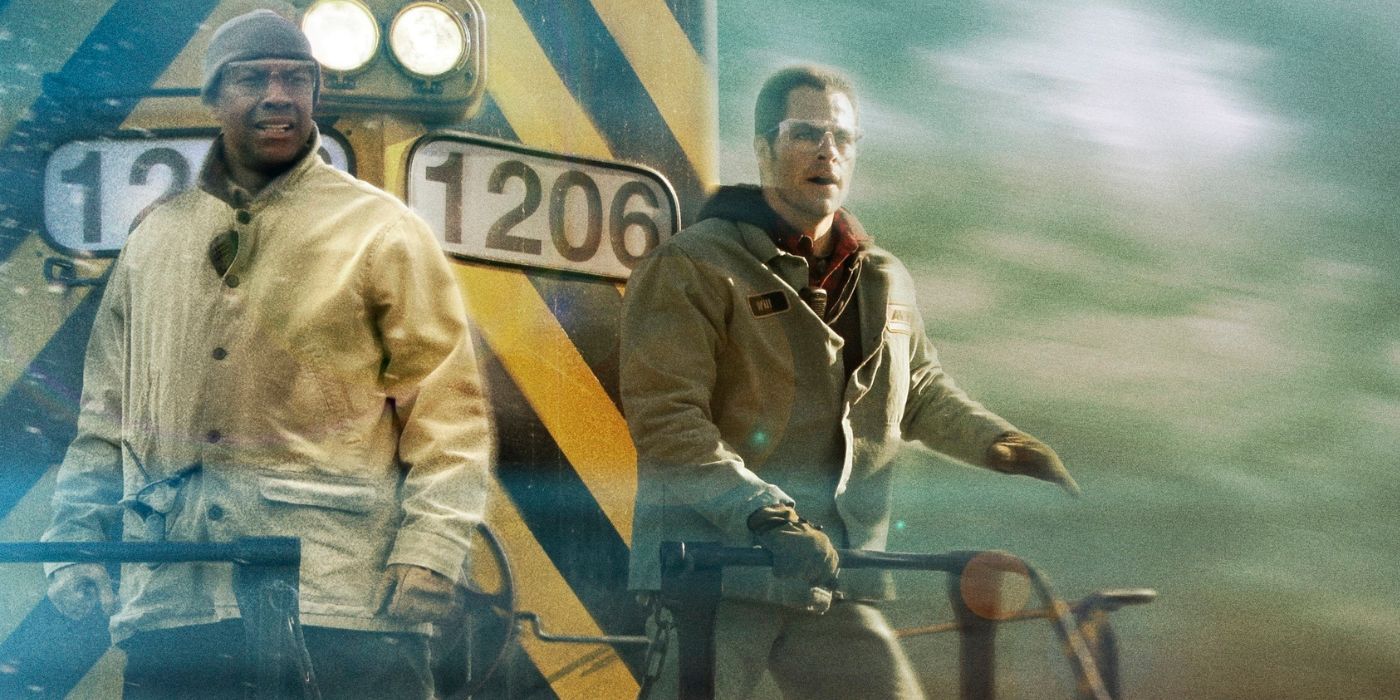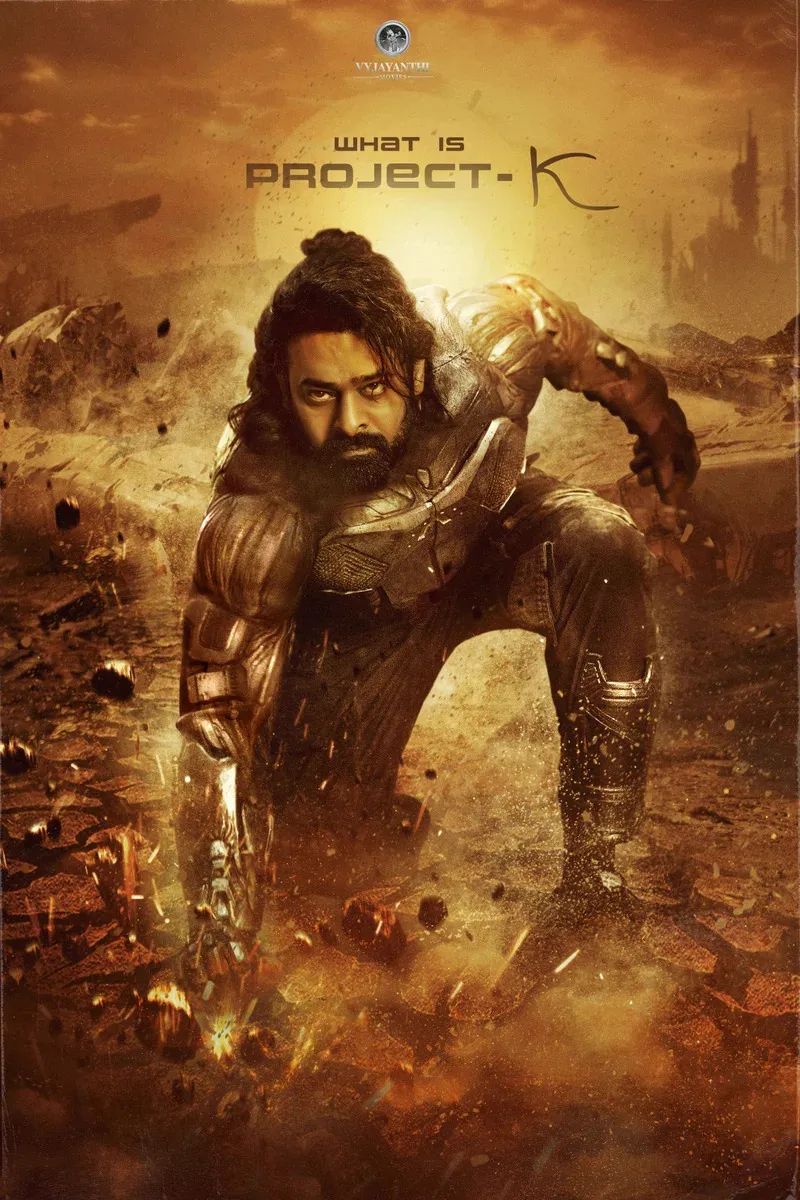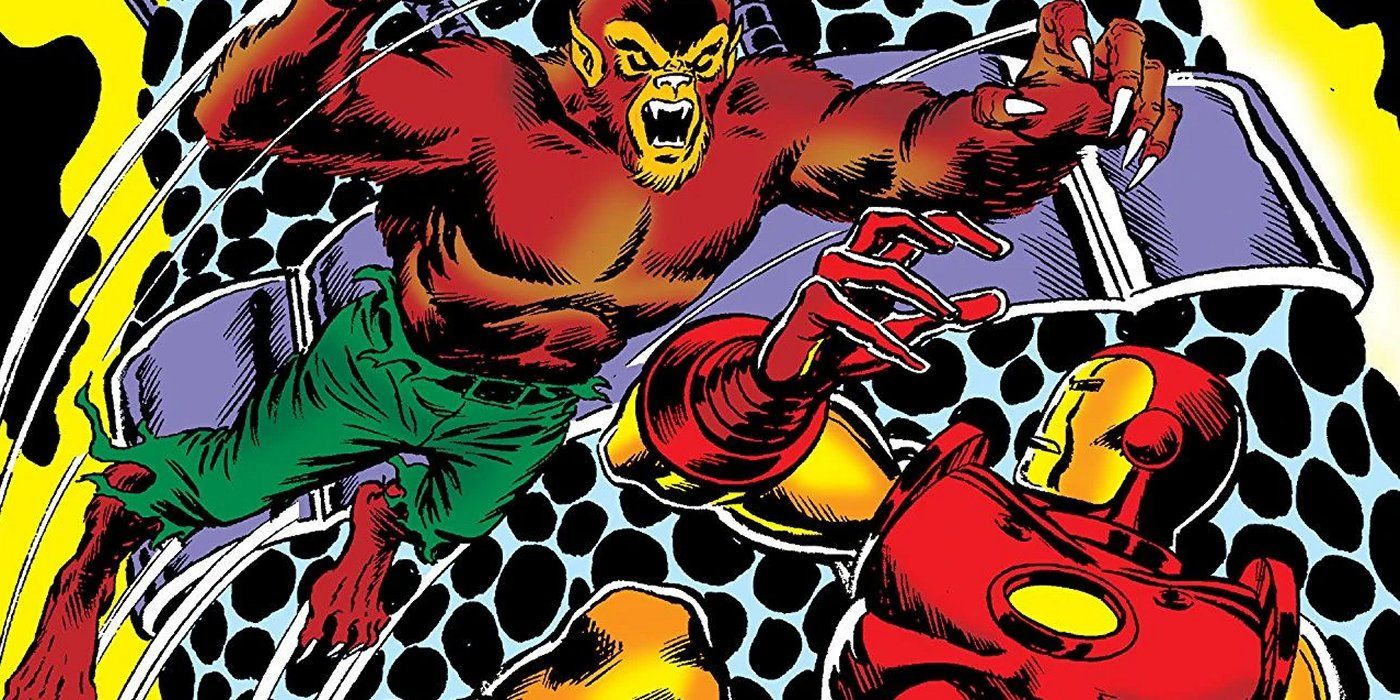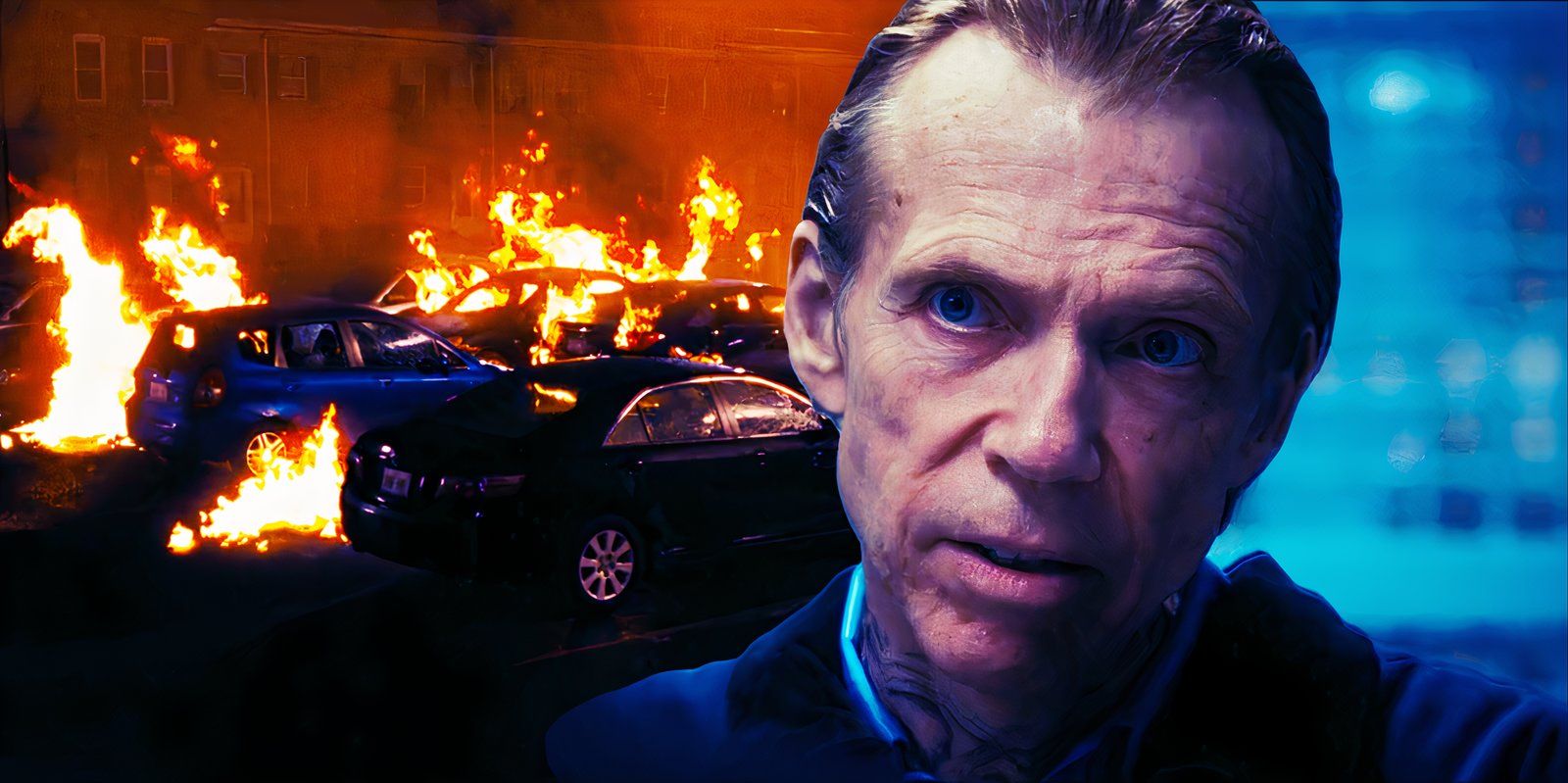For a brief few years, big-screen adaptations of Young Adult novels were major money-makers in Hollywood, so why did the trend die out so quickly? 2020 sees the release of a pair of major novels that tie into two of the biggest and most influential young adult franchises of all-time: Suzanne Collins’ The Ballad of Songbirds and Snakes, a prequel to The Hunger Games, and Stephenie Meyer’s Midnight Sun, the long-awaited retelling of Twilight from the perspective of its romantic hero, Edward Cullen. While the latter has yet to appear on shelves, the former managed to sell a startling 500,000 copies in its first week, even amid a pandemic. For anyone who had been doubting the power of the YA genre and its most notable titles, Collins’ profits put that skepticism to rest.
While young adult literature, also known as YA, isn’t a new concept, its status was cemented in the mainstream during the mid-2000s thanks to a series of huge bestsellers that broke out into the mainstream in a big way. The Twilight Saga was but one example of that, and soon, bookshelves the world over were jam-packed full of titles yearning for the same attention from the masses. YA has evolved over the years, widening its scope and working hard to be more inclusive in terms of its diverse content and creators, but by and large, it is still seen and dismissed by man as a dying trend that came to a conclusion when the last Hunger Games movie dropped. Hollywood became greatly invested in YA for a brief few years thanks to the billion-dollar triumphs of Harry Potter and Twilight, but recreating that success proved tricky. After a few box office flops, Hollywood seemed ready to declare YA a bust, gone the way of pirate movies in the ‘90s and Westerns at the end of the studio era.
Hollywood never really seemed to take YA all that seriously or view it as much beyond a flash-in-the-pan fad of sparkly vampires and mockingjays. It didn’t help that audiences quickly grew fatigued with the film industry’s offerings, even as YA novels continued to sell big numbers and produce new trends. YA adaptations aren’t dead but it does seem as though Hollywood’s particular interpretation of the category has been put to pasture, and we can’t blame them for doing so.
Hollywood Tried Making Too Many Young Adult Movies At Once (& Too Late)
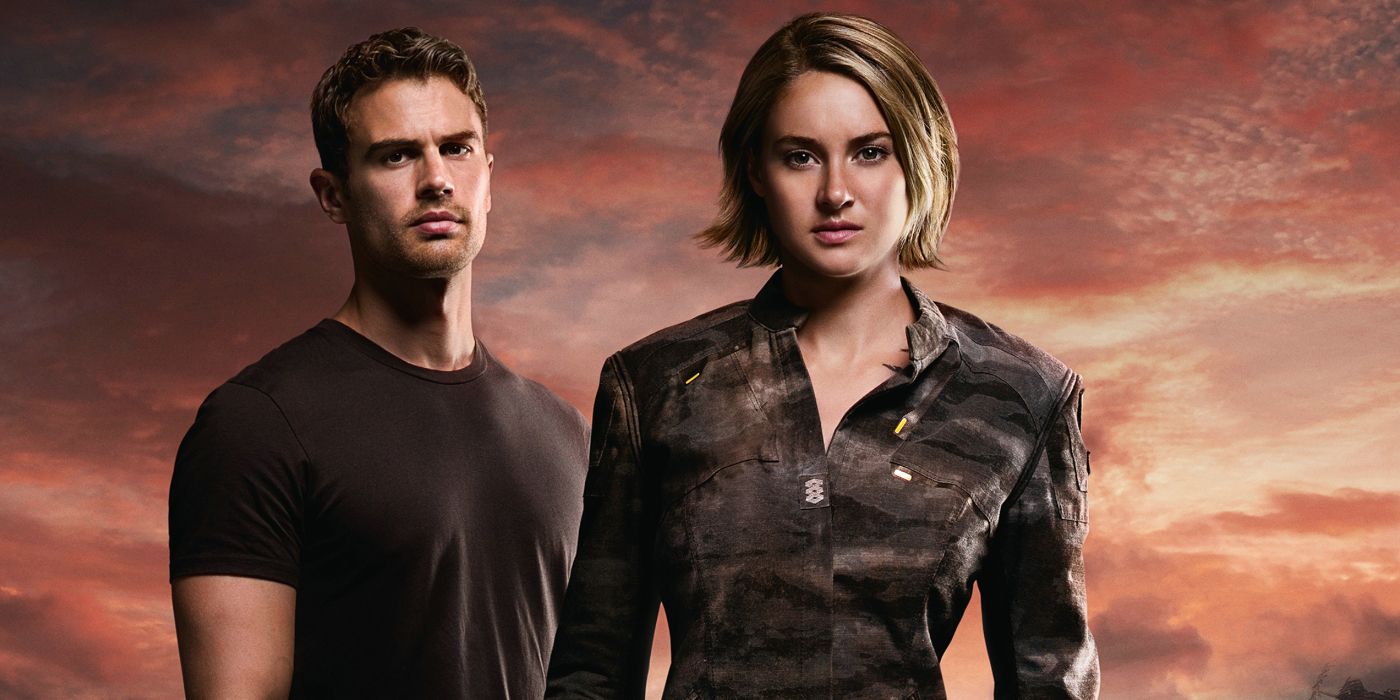
The problem with trying to chase a trend is that you will inevitably fall behind or the rest of the world will stop caring by the time you get around to releasing your product. YA publishing faced similar problems but on a less costly and visible scale than the film world. When Twilight became the biggest thing in literature, a slew of paranormal romances followed in its wake, many of which went on to become big hits in their own right. A similar pattern appeared after The Hunger Games’ success, which led to a glut of dystopian YA stories. If you’re a reader of a specific genre and want more of the thing you love, it’s easier for publishing to pander to that than cinema, as witnessed with the many attempts made to capture the lightning-in-a-bottle fervor of Twilight and The Hunger Games.
Think of movies like the Divergent series. Based on the bestselling series by Veronica Roth, the books came out at the right time when audiences were eager for more stories like The Hunger Games and the publishers cleverly marketed Roth’s work to suit that demographic’s needs. While the first movie did strong business at the box office, the sequels saw greatly diminishing returns to the point where the final Divergent film never got made because it seemed that audiences had stopped caring. Fans of the books may have been disappointed but the movie needed more ticket sales than that one subset could provide, and for viewers who liked The Hunger Games, Divergent couldn’t help but seem like a cheaper and less imaginative knock-off by comparison. The Hunger Games may have inspired a dystopian trend in publishing but the film world wasn’t so keen. The excess of samey offerings didn’t capture general audiences’ attention like it needed to.
Studios Misunderstood Why Young Adult Movies Worked
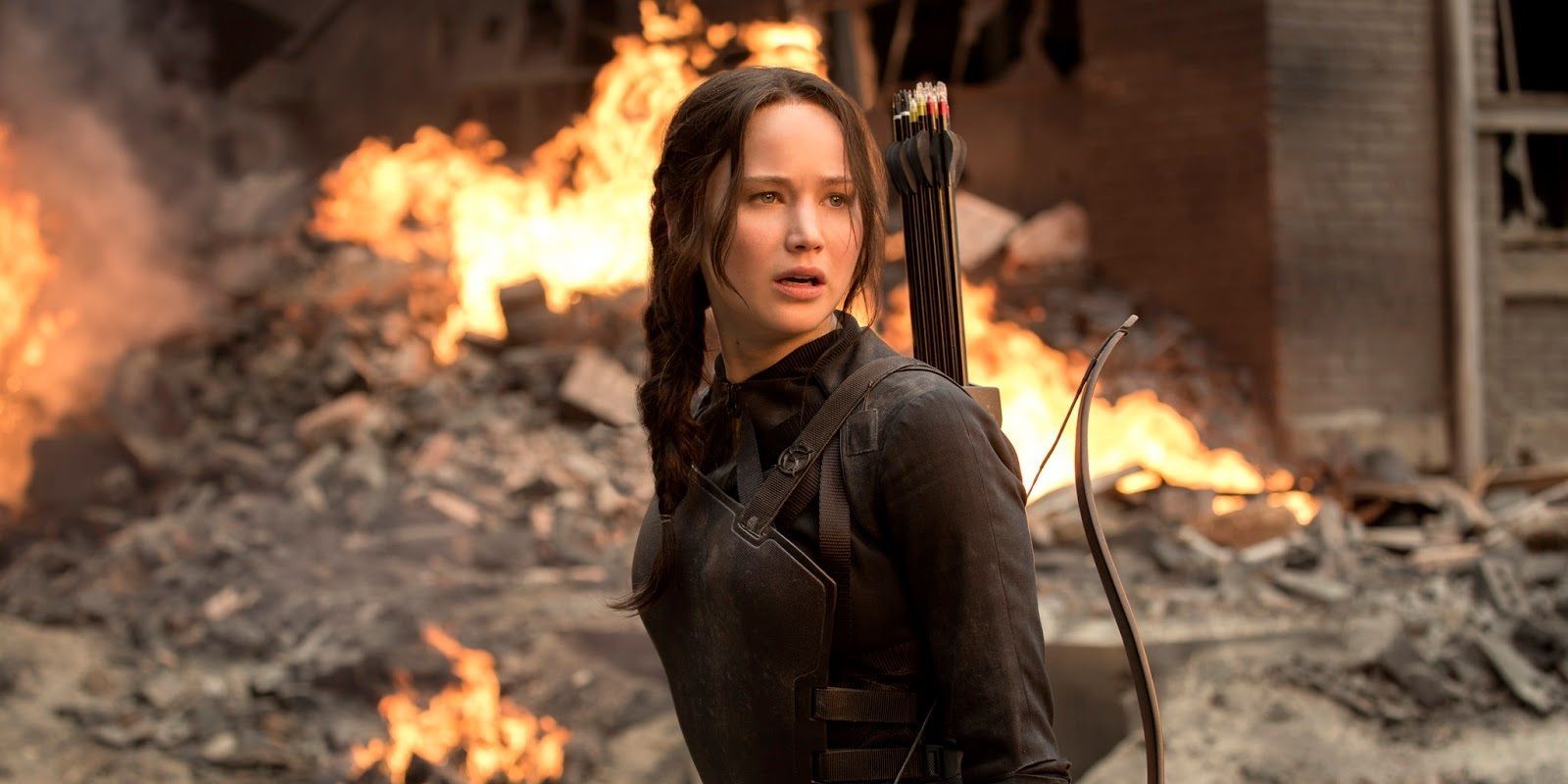
The entertainment industry is built on a simple model of “If it ain’t broke, don’t fix it.” If something works, be it a genre or a director or a format of franchising, then every studio in the business will rush to replicate the model until it’s run into the ground and audiences have grown thoroughly bored. This can be seen at play with the industry’s take on YA movies, forcing every story into a one-size-fits-all mold that ignored what made a lot of these stories so appealing in the first place.
The Hunger Games, for example, works as both a book and a movie because both the author and the director take the central concept entirely seriously. It’s a deeply dark narrative that does not pussyfoot around the urgency of the world it posits, one where children are pitted against one another to the death for the purposes of entertainment and political gain. Audiences latched onto that story because it felt so radical and unique at the time, even if its influences, such as Battle Royale, were clear. The lesson many studios seemed to take from its success, however, was to just create another stock dystopian tale and hope audiences would be easily satisfied. It didn’t matter that Divergent, for example, or The Darkest Minds lacked the potency and distinctiveness of The Hunger Games. As long as they were dystopian, that was good enough, but audiences were less convinced. The devil was in the details, not in the generalness of the trends themselves. This problem can also be seen in action with every shared universe attempt that’s tried to replicate the MCU.
Hollywood Has Ignored Some Of The Best YA Franchises

Given that pop culture as a whole typically boils down YA to two franchises – Twilight and The Hunger Games – it should be of no surprise to anyone that the film industry has overlooked some of the most exciting and unique YA series when it comes to movie options. Libba Bray’s The Diviners series combines the occult with a murder-mystery set in 1920s New York. The Daughter of Smoke and Bone trilogy by Laini Taylor is a lavish fantasy that includes angels, human-animal hybrids, and portals to new worlds. Marissa Meyer’s Lunar Chronicles reimagine classic fairytales with a sci-fi twist and a whole load of Sailor Moon inspiration. There are tons more that could be named here. YA is not defined by one story, but that seems to be the way it’s treated by many outsiders.
Current Young Adult Trends Don’t Fit With Modern Hollywood
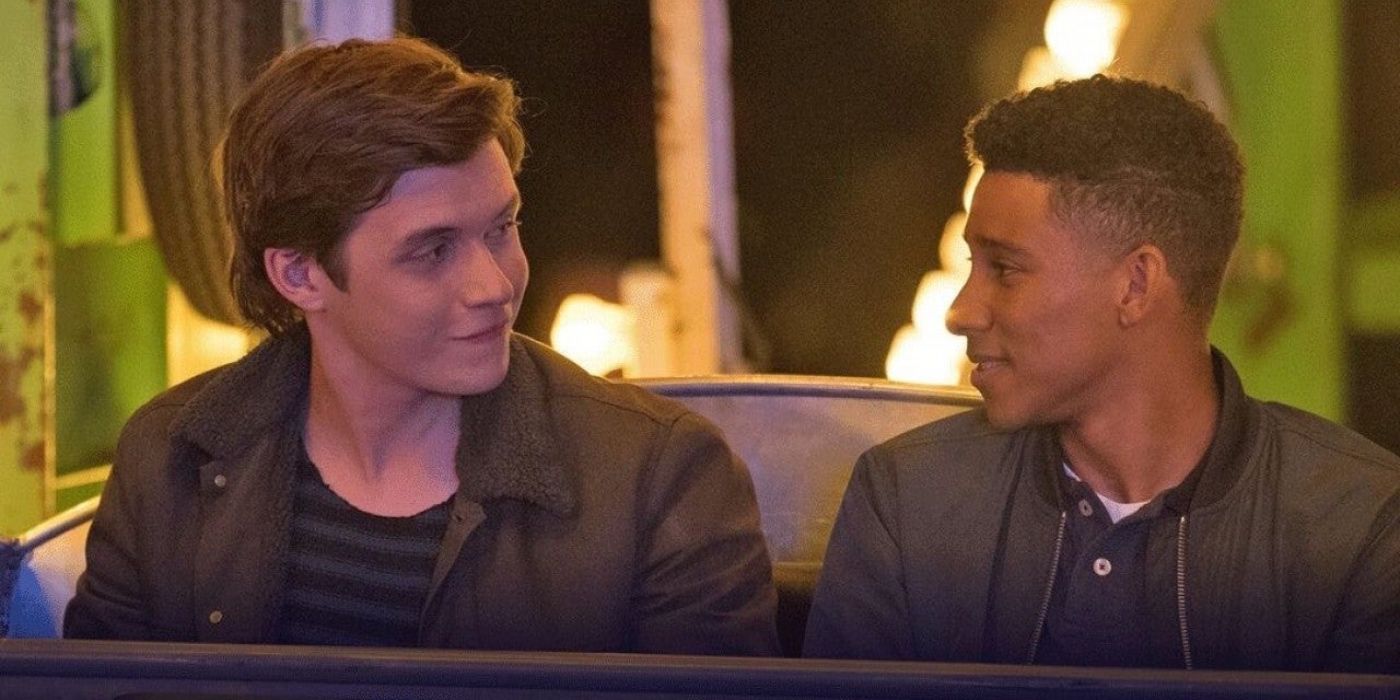
While Hollywood has swung wildly in the direction of mega-budget blockbuster franchises, YA adaptations have not been included in that. Superheroes, Disney series, Star Wars, and the occasional series outlier make up the new age of billion-dollar tentpoles. As tentpole movies become increasingly too big to fail – with $300 million budgets no longer being an obscene rarity – the mid-budget movie has suffered greatly as a result. This is a consequence that has been bemoaned by many directors, including James Gray, and the impact on areas like YA movies is evident.
It’s a shame because a lot of the really popular YA stories these days would be perfect for a small-to-mid-budget treatment, and there are recent examples to back this up, including The Hate U Give and Love, Simon. Genre stories will never die off in YA – such trends are cyclical across pop culture – but right now, the focus is on realism, on social commentary and contemporary stories, many of which prize progressive themes and preach political awareness. They may not make billions of dollars but there is an audience for them. Indeed, that audience is alive and well and eager for more on platforms like Netflix. A huge portion of the streaming service’s much-vaunted revival of the rom-com genre originated with YA adaptations like To All the Boys I’ve Loved Before and The Kissing Booth. It’s arguable that these smaller-budget YA movies did more for Netflix’s original programming successes than their nine-figure prestige series.
It would be wrong to say that YA movies are dead but at the very least it does seem that we are done with the bigger budgets and high concepts in this category of literary adaptation. The smaller stories will find their places on Netflix and the like and more ambitious fare will be put to the side, as evidenced by the recent decision by Disney to dump their disastrous adaptation of Artemis Fowl on Disney+ despite its $125 million budget. That call also highlights another problem with such films – for Hollywood, that demographic’s hunger for flashy action fare and genre storytelling is being satisfied by stuff like Marvel, so there’s no need to create more content that may end up competing with their bigger priorities. All of this is, of course, subject to change. The moment another million-copy-selling YA novels comes along that kicks off a whole new trend for the category, Hollywood will rush to play keep up. Everyone is still on the lookout for the next Twilight or Hunger Games. After all, Lionsgate is already planning to bring The Ballad of Songbirds and Snakes to the big screen.
